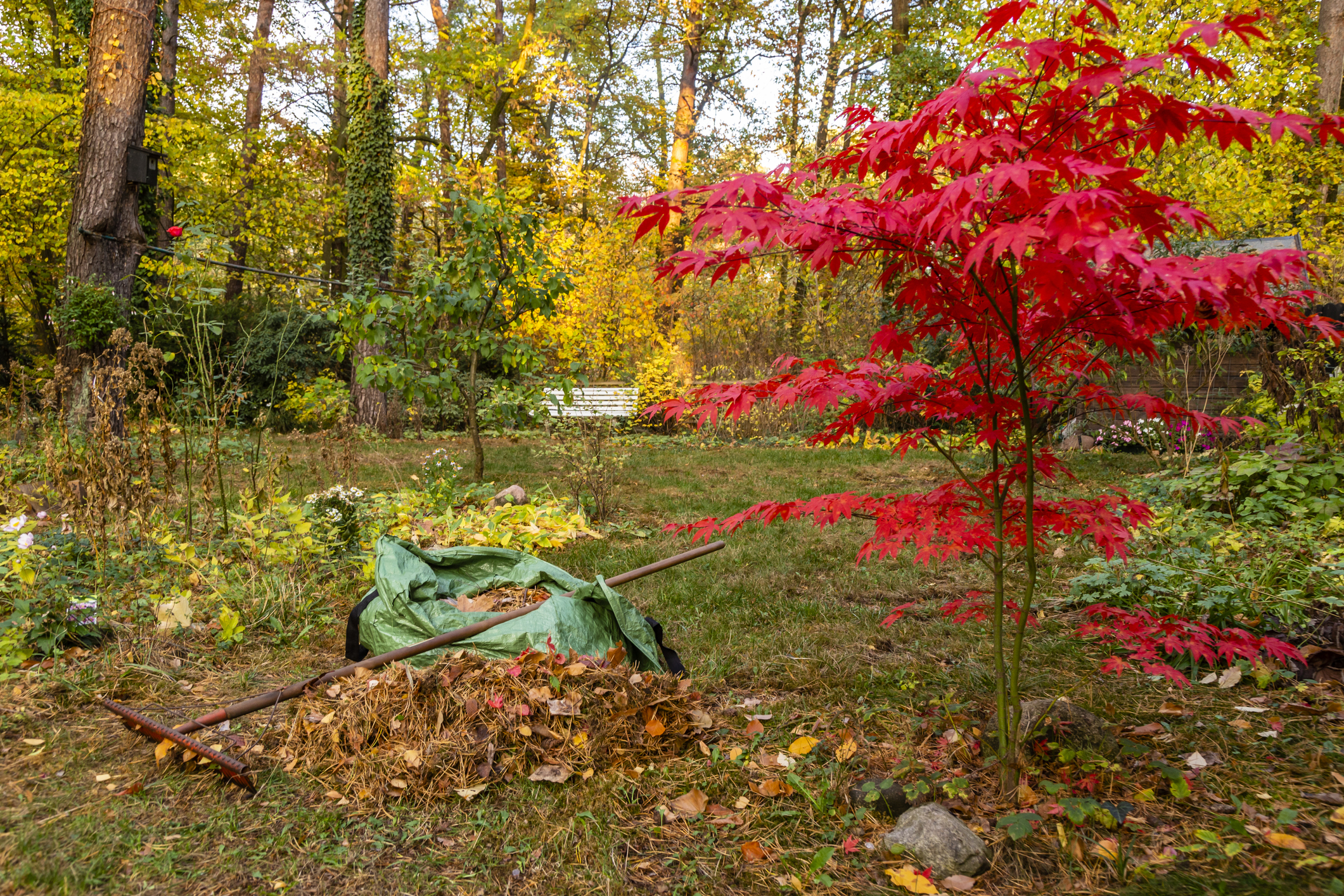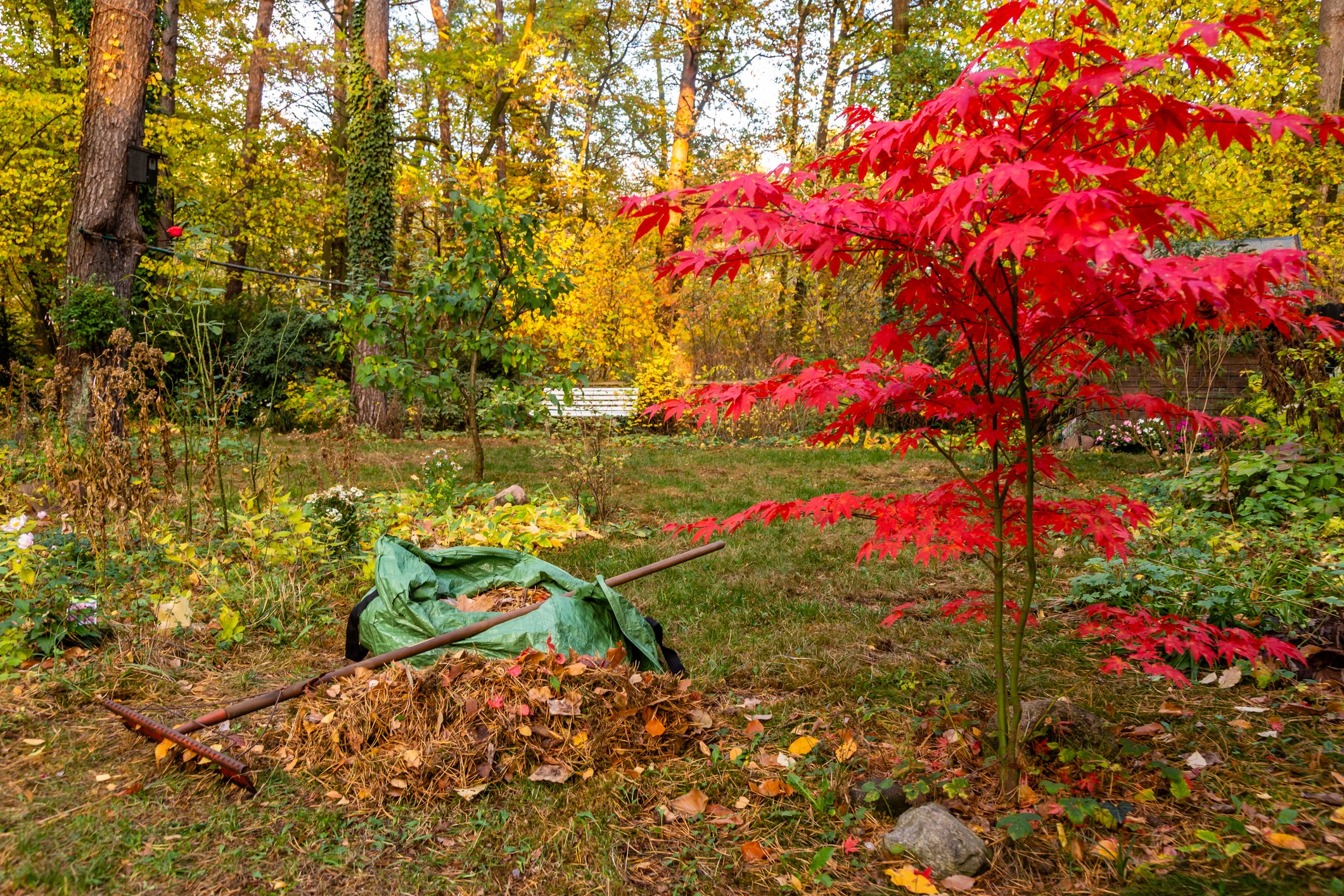
Homeowners have a lot to be thankful for during this time of year. There are cooler temperatures that make for ideal sleeping conditions, colourful leaves that brighten up every family walk, and optimal environmental factors to help your lawn take in the energy and moisture it needs to thrive next spring. Pretty amazing, right?
While fall is certainly a great time for lawn care and home maintenance in general, it is not without its pitfalls. There are several lawn diseases and pests that rear their ugly heads in autumn and create problems for homeowners looking to prepare their grass for the season to come.
Before you sit down for turkey and pie this weekend, take some time to review our Nutri-Lawn not-so-thankful-for lawn care list.
Powdery Mildew
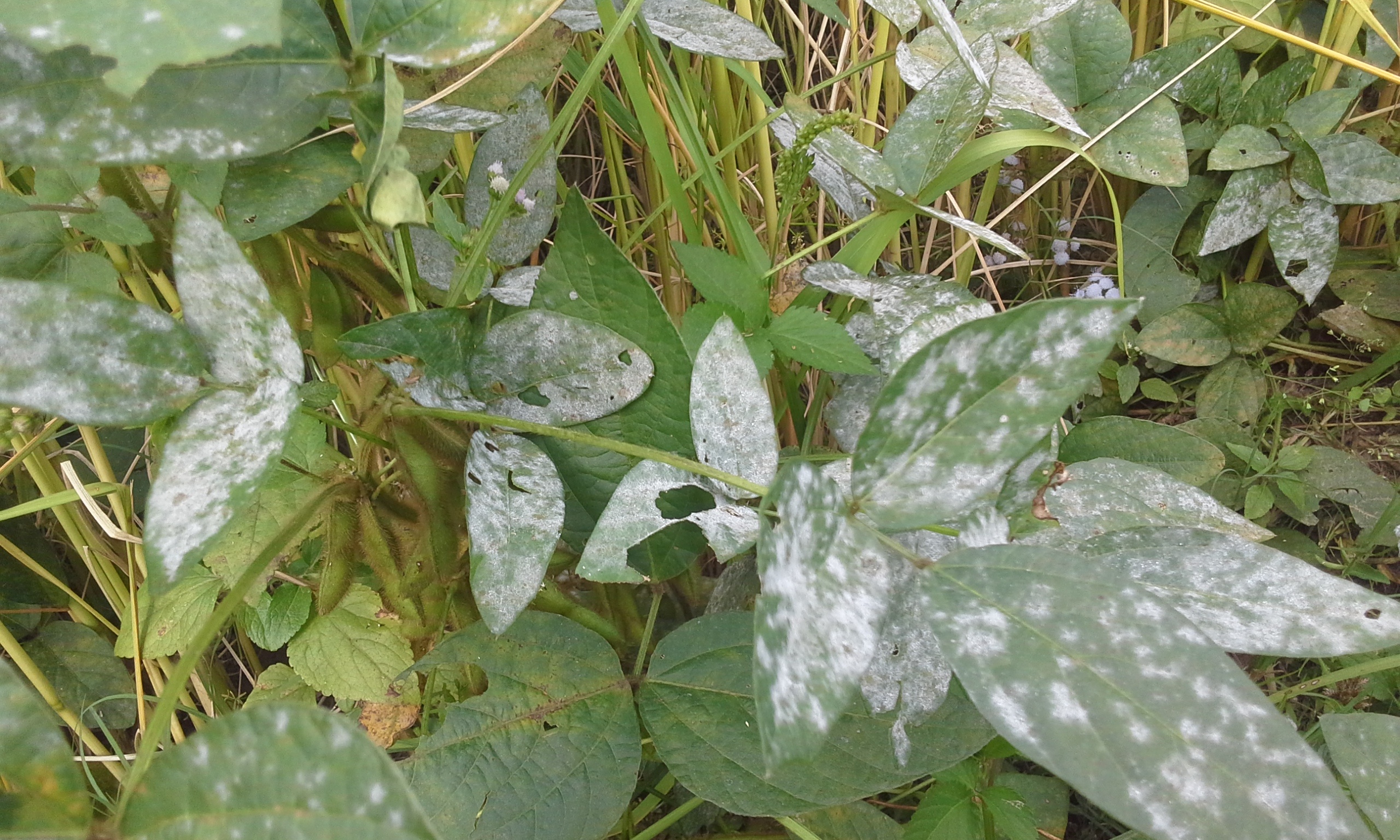
Powdery mildew disease is most severe on Kentucky Bluegrass, but also can been seen on fine fescue and perennial ryegrass. Powdery mildew is more unsightly than damaging, and can be identified by the white, dusty powder appearance on the leaf blades. The disease is most active in shady, cool moist areas of the lawn, and severe infections can cause the leaves to turn yellow or brown. It ain't pretty, folks.
Thankfully, damage is usually considered minor and causes thinning and weak turf growth, so no need to break the bank over this issue. To remedy mildew, make sure that the affected area has as much air flow and sunlight as possible.
White Grubs
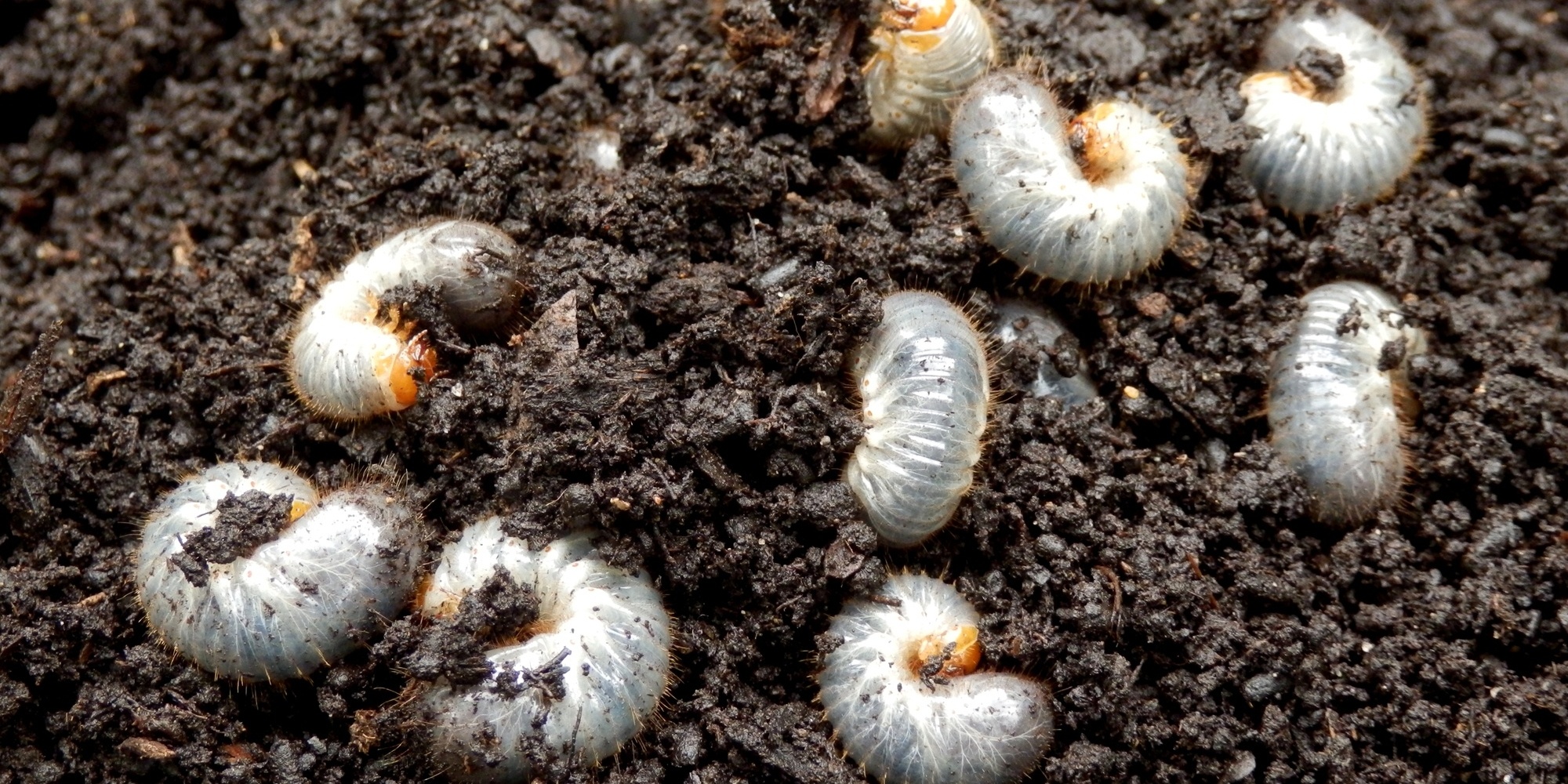
Lawn damage caused by white grubs can be extensive and devastating, with costly repairs resulting if left untreated. White grub larvae live in the soil and feed on the roots of the grass plant resulting in death or cause stress that creates wilting. Larvae are cream white in colour, have six legs, and are about 1” in length. Visual damage usually starts to appear in late summer/early fall when the larval life stage of the white grub are actively feeding.
White grub infestations often go unnoticed until more severe damage is created by raccoons, skunks, and birds digging, ripping and tearing sections of the lawn away as they go about their very own Thanksgiving feast. The damage created by animals is often a lot more extensive then the damage caused by the white grubs feeding themselves, and trust me; you'll know it when you see it. Timing grub applications that target the early larvae life cycle are most effective and will prevent any further insect damage (or animal damage like the image below, heaven forbid).
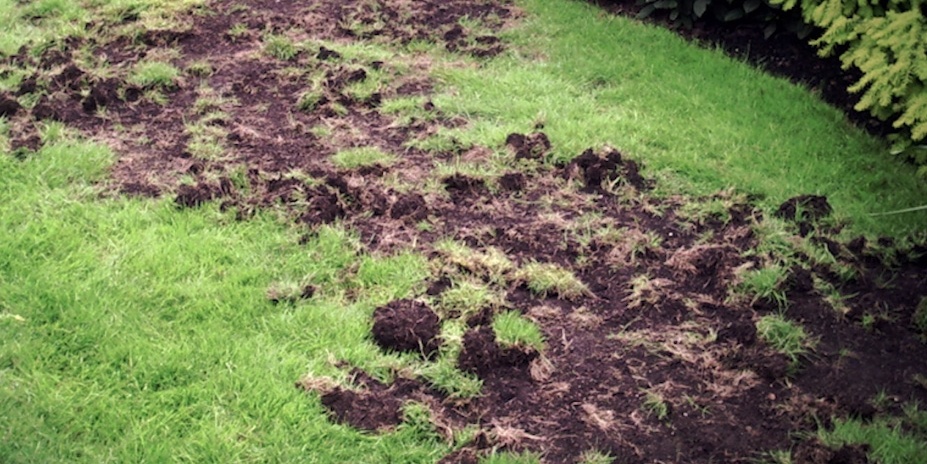
Lawn Rust
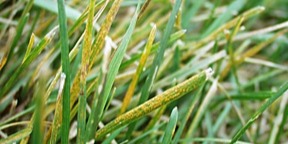
Rust Disease affects all cool season grass species, but perennial ryegrass and Kentucky bluegrass are most susceptible. Rust disease appears as small flecks on the upper and lower surfaces of the leaf blades. These flecks are yellow to orange to reddish in colour and can easily be rubbed off the surface with your fingers or on shoes when walked across. Rust is considered minor, persisting in late summer and into fall with full turf recovery expected!
Leather Jackets/European Crane Fly
The larvae of European Crane fly are known as Leather Jackets. Leather jacket larvae feed on the roots and the crown of the grass plant causing substantial damage to a lawn when infestation populations are high and left untreated. The European crane fly have 1 generation per year. The adult crane fly resembles the look of a giant mosquito, emerging in late summer before lying its eggs and hatching into the leather jacket larvae stage of its life cycle. Leather jacket larvae are present from early fall until late summer the following year completing their lifecycle in 1 year. The larvae are about ¾” in length and are greyish/brown in colour.
Raccoons, skunks, and birds digging for larvae often indicate the possible presence of an infestation if visual damage isn’t noticeable. As with all these issues, contact your local Nutri-Lawn if you would like to know more.
Follow us on Facebook to keep up to date with new blogs and to get a new lawn care tip every Tuesday!

